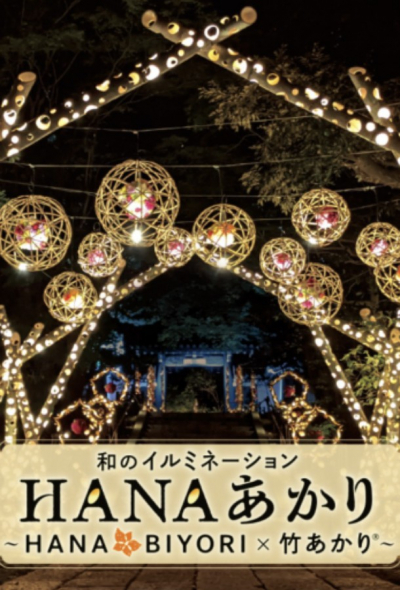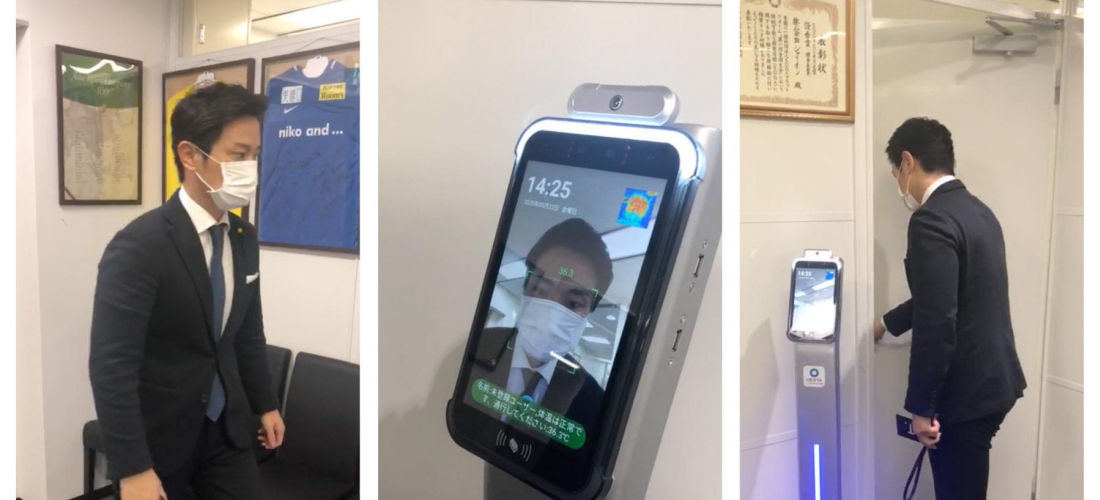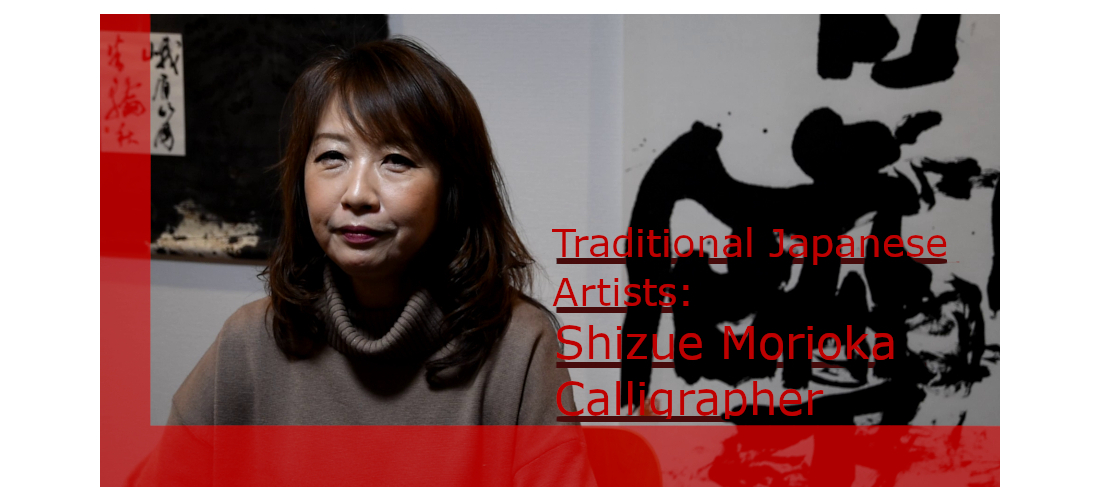CONTENTS
In this series we want to take a look at some amazing traditional Japanese artists, this time looking at Shoka (書家) or Japanese Calligrapher, Atsushi Miyazaki(宮崎 淳史). By doing so, we hope to interview some interesting and talented artists, so that you can find out more about wonderful traditional Japanese arts.
A quick background on Shodō
The practice of Japanese Calligraphy or Shodō (書道) has been around for over 1,500 years, dating back to when Chinese characters or Kanji was introduced to Japan. Examples can be found dating back to around 686 AD. Over the years the way of writing has changed, with a variety of styles occurring. There are three main styles that are in use today:
"Kaisho"楷書(かいしょ): A style where the artist deliberately makes each stroke recognisable, and is easiest to read. This would be seen as being closest to printed text.
"Gyosho"行書(ぎょうしょ): A style where strokes are less deliberately made. This is seen as being one of the most common forms of Shodō and the foundation for many schools of calligraphy in Japan.
"Sosho"草書(そうしょ): A style that is highly stylised and is made normally with the artist's brush rarely leaving the page. Due to being highly stylised, without mastering the art, it can be nigh impossible to read. This is seen as being the main style for artists to shine in.
A Look at Atsushi Miyazaki
A member of the Sogen Calligraphy Association as well as a participant at the Mainichi Calligraphy Exhibition an event sponsored by Mainichi Shimbun, one of the largest newspapers in Japan. Member of the All Japan Sho Federation. A regular member of the Japanese Poetry Writers Association. Holds adult calligraphy classes in Shibuya / Shinjuku (https://www.calligraphy-lesson.com/). He has won numerous prizes, including the Sogen Calligraphy Sogen Exhibition Special Selection Prize, and the Sogen Calligraphy Sogen Exhibition Mainichi Shimbun Award.
Q: How did you start learning Japanese Calligraphy?
A: I started like when most Japanese people did, during elementary school. I joined because a lot of the children in my neighbourhood started, and I didn't really have a reason to quit so I carried on with it. By University though I wasn't really doing it strictly, and then I headed to The Czech Republic for study. While I was there, I found that even though I had studied Czech for two years, I wasn't able to really understand much, and I was overcome with a complete sense of imcompetence. While there though I had the chance to teach Shodō to a varitety of students. When I came back to Japan, I found a magazine on Shodō, and through that an incredible Shodō Artist who would then become my teacher. This Artist was known for making amazingly high quality art. In the traditional cultural art world in Japan, when it comes to becoming students of high class artists, it is normally done via special introductions and without that it can be extremely difficult to get tutelage until these artists. But when I went to meet this teacher, he saw my drive and potential and took me under his wing. It's through that opportunity, that I have become the Shoka I am today.
Q: What does Shodō mean to you?
A: Shodō is a unique part of Japanese Culture that is not only a style of writing but more an artform, and that's extremely appealing for me. When it comes to this mixture, there are not many, if none other, artforms that replicates it. In Europe, they have art such as visual poetry or street art but for the most part the way that Shodō mixes the literature artform with the visual artform is completely different, sometimes giving more focues on what the words say and othertimes on how the words are conveyed and it makes for an amazing and always unique piece of art.


Q: Why do you want foreigners to learn about Shodō?
A: One of Shodō's strengths lies in the fact that you can't recreate the same character in the same way. The way the ink leaves the brush or the way the brush marks the paper can completely change when drawing a character, and it's that I want foreigners to be able to experience.
Q: What is the difference between teaching foreigners and Japanese people?
A: I've had the chance to teach quite a lot of people, both foriegners when I was in The Czech Republic, and in Japan. In both cases, there are quite a lot of people that don't understand Japanese or can't read or write it. But there are always people that are extremely interested in it. Even those that have never touched Japanese culture before, they approach it and there are some amazing artists that appear, that are even better than most Japanese people, with beautiful characters. Then there are some people that don't have much talent but even so they want to participate and try their hardest.
In regards to Japanese people, especially adults, there are many that have been using Japanese characters for a long time and already have an image in their mind about what it should be like and they find it hard to deviate from that.
Q: What merits does this project have for foreigners?
A: This project's main merit I think is that you can get the chance to learn from pro artists which is something you can't really experience. For the most part, you can find Shodō experiences online, but they are normally held by general people that aren't professionals and do it because they can speak English. There are also professionals that do it but they really don't understand English, so they close it off to just Japanese people. With this project you can get the best of both worlds.
Q: Why should foreigners learn about Shodō?
A: The reason foreigners should learn about Shodō is that it is a fundamental part of Japanese culture. It has 3 main parts "Shin" "Gyou" "So" which is the different main types of calligraphy, but this ShinGyouSo can also be found in different traditional cultural arts such as Tea Ceremony. If you can understand Shodō, it makes learning about other parts of Japanese culture a lot easier.
Crowdfunding to raise money for a workshop for professionals to gather and teach foreigners
Currently Japan Culture and Technology, Inc (J-CAT) are raising money to create a workshop space for talented Shodō professionals to be able to teach foreigners that come in to Japan and wish to learn from a true professional!
You can find the project at the following link:
https://en.japankurufunding.com/projects/culture-workshop/
A variety of returns have been prepared for example workshop experiences as well as the chance to get your own custom piece of art from a professional Shoka!
We hope you can have a look at this project and support it!
Hey everyone! We hope that we can help you keep up to date with all the projects and things we have going on over at Japankuru Funding! We hope that you find the projects on the site as interesting as we do!
COMMENT
FEATURED MEDIA
VIEW MOREMAP OF JAPAN
SEARCH BY REGION

LATEST
VIEW MOREEVENT CALENDAR
VIEW MOREMOST POPULAR
 Tokyo Winter Recommendation: Don’t Miss Tokyo Mega Illumination, Japan’s #1 Light Show
Tokyo Winter Recommendation: Don’t Miss Tokyo Mega Illumination, Japan’s #1 Light Show ป้ายยาสินค้าน่าซื้อในร้านขายยาญี่ปุ่น | KOWA ผลิตภัณฑ์เพื่อสุขภาพสำหรับคนยุคใหม่
ป้ายยาสินค้าน่าซื้อในร้านขายยาญี่ปุ่น | KOWA ผลิตภัณฑ์เพื่อสุขภาพสำหรับคนยุคใหม่ Okinawa Family Road Trip: Japanese Glasses Shopping at San-A Urasoe West Coast PARCO CITY, Discount Coupons, & Okinawa Sightseeing with JINS
Okinawa Family Road Trip: Japanese Glasses Shopping at San-A Urasoe West Coast PARCO CITY, Discount Coupons, & Okinawa Sightseeing with JINS

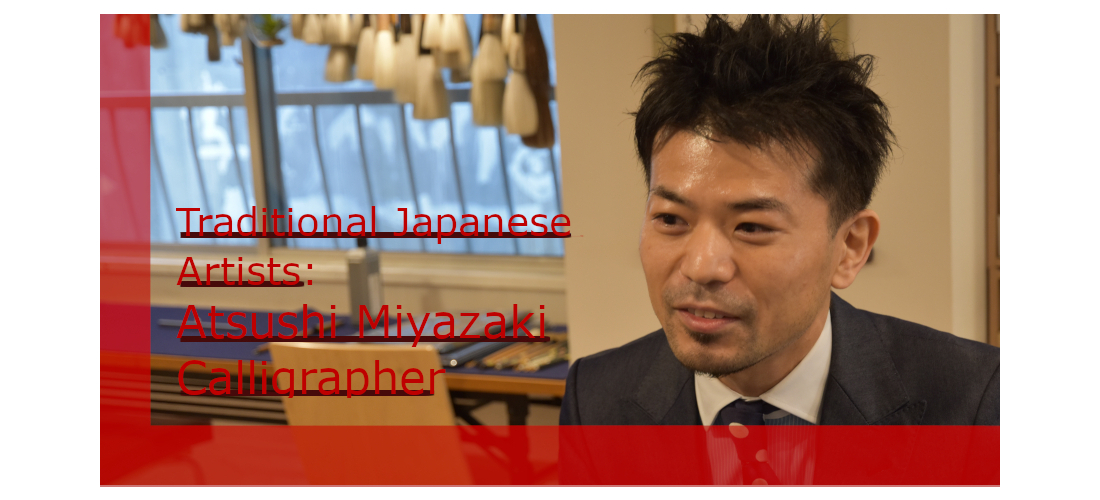

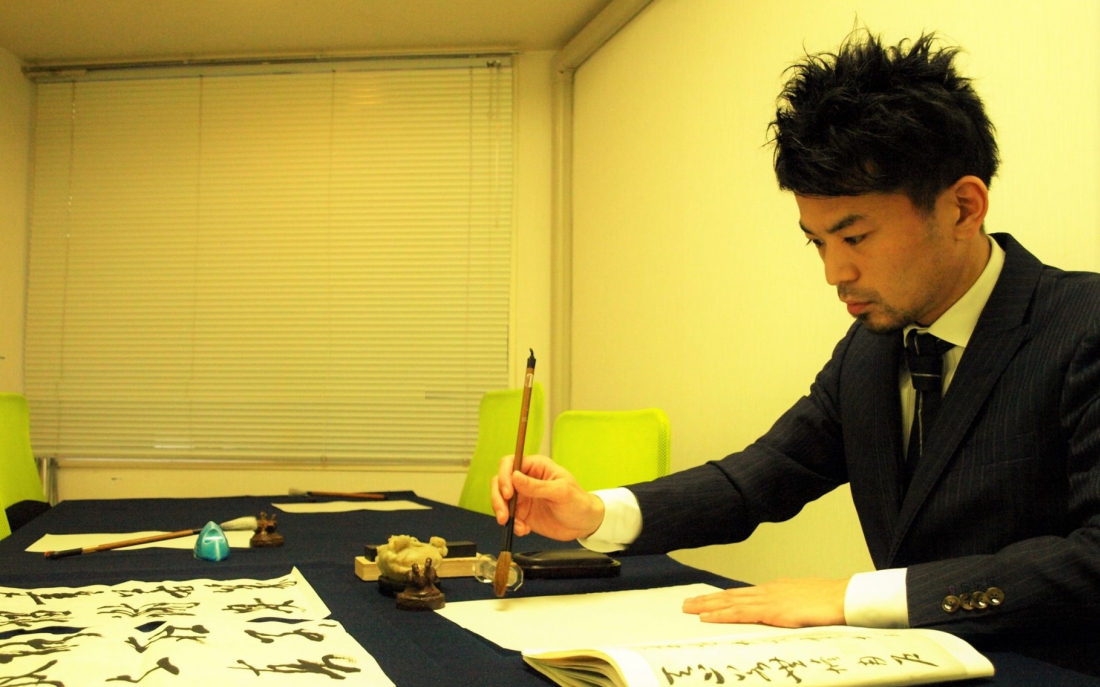

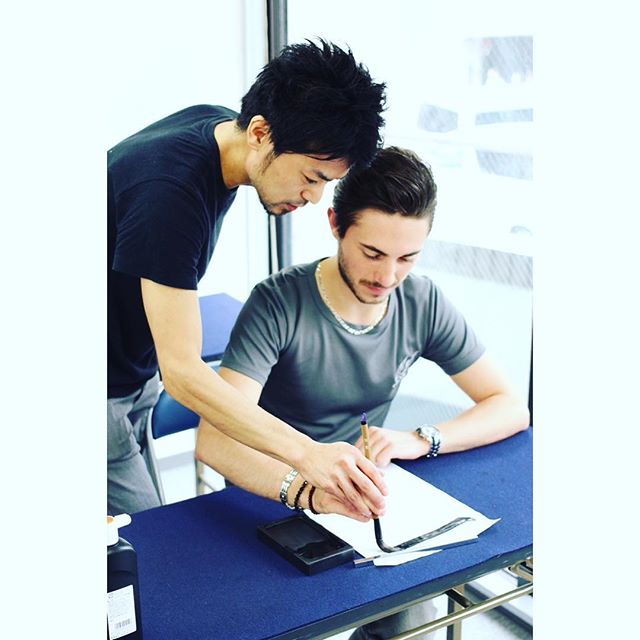
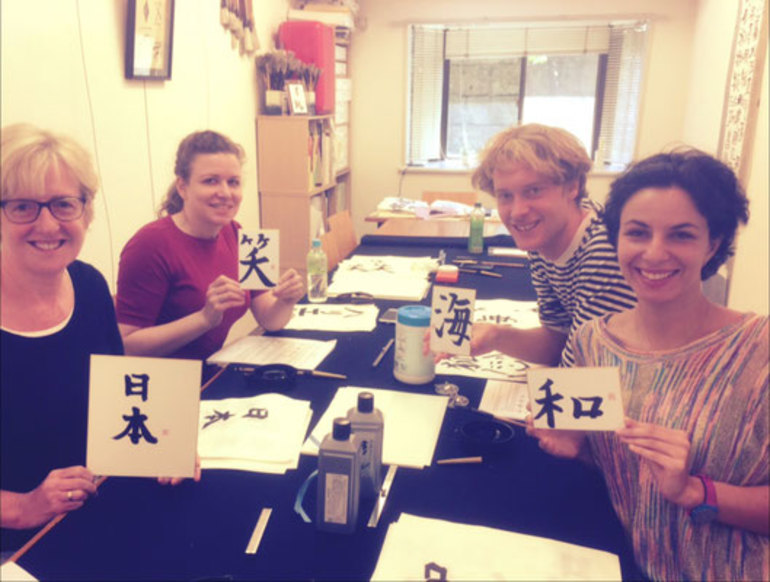





 >> Find out more at Japankuru.com! (link in bio)
#
>> Find out more at Japankuru.com! (link in bio)
#





 The Robot Restaurant is gone, but the Samurai Restaurant is here to take its place. Check it out, and don't forget your coupon!
The Robot Restaurant is gone, but the Samurai Restaurant is here to take its place. Check it out, and don't forget your coupon!
 신주쿠의 명소 로봇 레스토랑이 사무라이 레스토랑으로 부활! 절찬 쿠폰 발급중
신주쿠의 명소 로봇 레스토랑이 사무라이 레스토랑으로 부활! 절찬 쿠폰 발급중
 18歲以上才能入場的歌舞秀,和你想的不一樣!拿好優惠券去看看~
#tokyo #shinjuku #samurairestaurant #robotrestaurant #tokyotrip #도쿄여행 #신주쿠 #사무라이레스토랑 #이색체험 #할인이벤트 #歌舞伎町 #東京景點 #武士餐廳 #日本表演 #日本文化體驗 #japankuru #japantrip #japantravel #japanlovers #japan_of_insta
18歲以上才能入場的歌舞秀,和你想的不一樣!拿好優惠券去看看~
#tokyo #shinjuku #samurairestaurant #robotrestaurant #tokyotrip #도쿄여행 #신주쿠 #사무라이레스토랑 #이색체험 #할인이벤트 #歌舞伎町 #東京景點 #武士餐廳 #日本表演 #日本文化體驗 #japankuru #japantrip #japantravel #japanlovers #japan_of_insta
 코지마 x 빅 카메라 쿠폰으로 일본 가전 제품 쇼핑하기
#pr #japankuru #japanshopping #kojima #biccamera #japaneseskincare #yaman #dji #osmopocket3 #skincaredevice #日本購物 #美容儀 #相機 #雅萌 #日本家電 #일본여행 #면세 #여행꿀팁 #일본쇼핑리스트 #쿠폰 #일본쇼핑 #일본브랜드 #할인 #코지마 #빅카메라 #japankurucoupon
코지마 x 빅 카메라 쿠폰으로 일본 가전 제품 쇼핑하기
#pr #japankuru #japanshopping #kojima #biccamera #japaneseskincare #yaman #dji #osmopocket3 #skincaredevice #日本購物 #美容儀 #相機 #雅萌 #日本家電 #일본여행 #면세 #여행꿀팁 #일본쇼핑리스트 #쿠폰 #일본쇼핑 #일본브랜드 #할인 #코지마 #빅카메라 #japankurucoupon








































